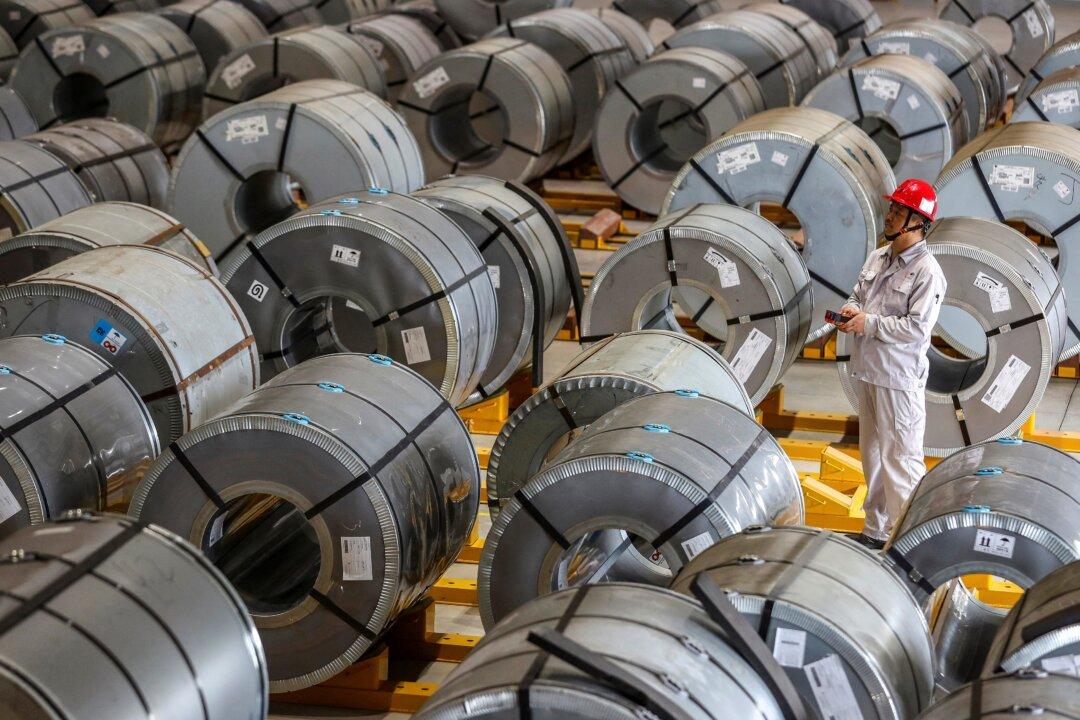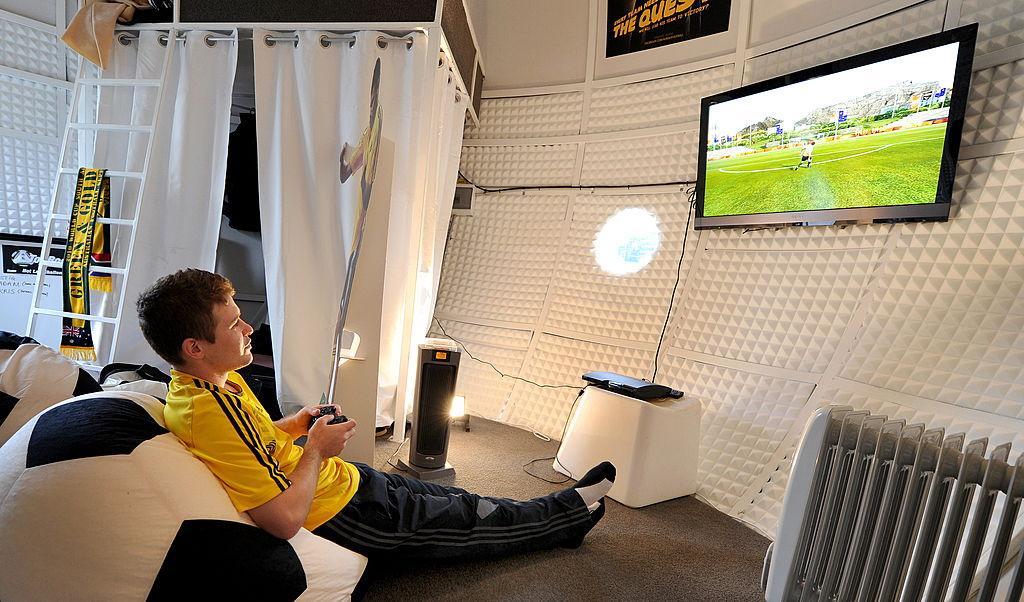The Queensland government has agreed to partner with mining giant Rio Tinto to support the transition of its Boyne aluminium smelter in the industrial city of Gladstone as it transitions to using renewable energy from 2029.
It will provide economic support through its “Energy and Jobs Plan.”





